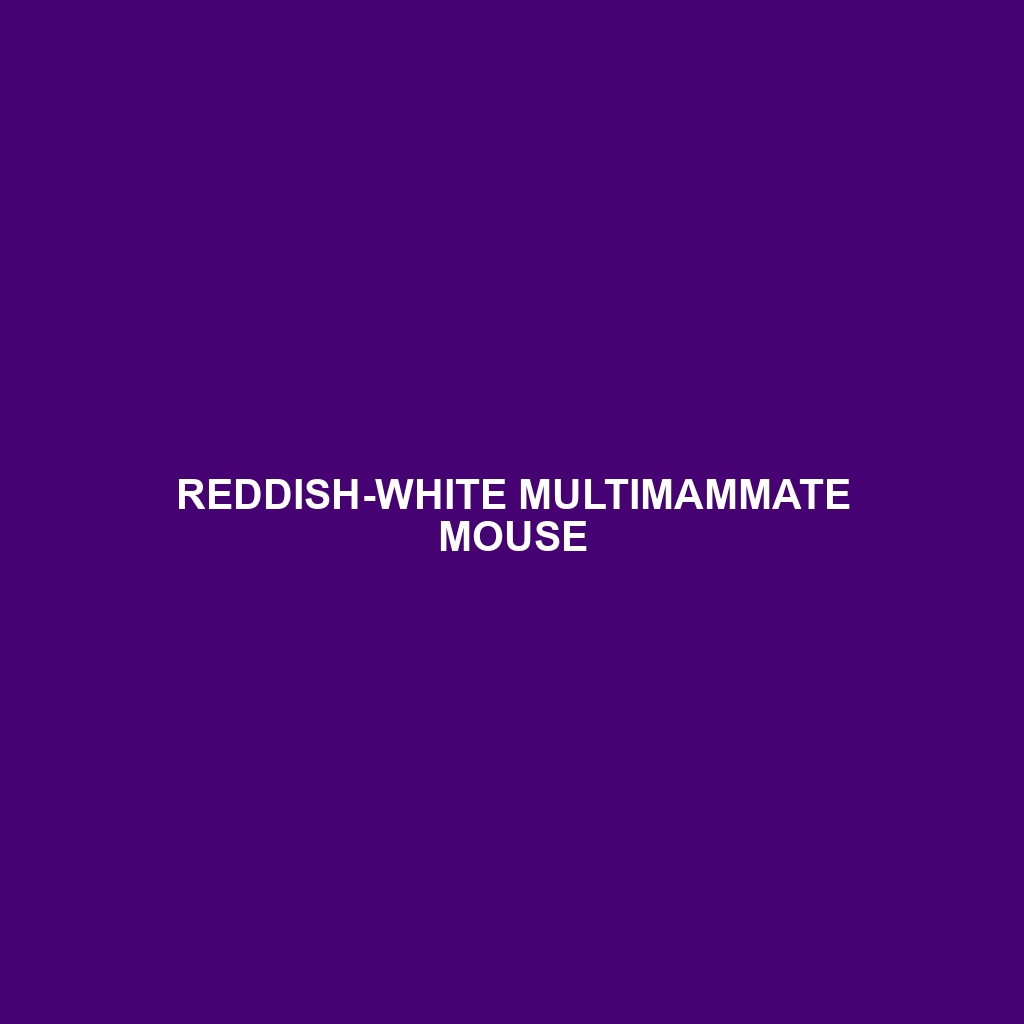Kilimanjaro White-toothed Shrew: A Fascinating Species
Common Name: Kilimanjaro White-toothed Shrew
Scientific Name: Crocidura selina
Habitat
The Kilimanjaro White-toothed Shrew is primarily found in the montane forests of Tanzania, specifically around the slopes of Mount Kilimanjaro. This species thrives in humid, tropical environments that provide ample cover and food sources. It is typically found at elevations ranging from 1,500 to 3,000 meters, inhabiting areas rich in leaf litter and dense vegetation.
Physical Characteristics
The Kilimanjaro White-toothed Shrew is a small mammal, typically measuring around 10 to 14 centimeters in body length, with a tail that can add an extra 7 to 10 centimeters. Its fur is dark brown to blackish gray, featuring a distinctive white underside. One of its most notable features is its elongated snout, which is adapted for foraging. The shrew has small, sharp teeth that are well-suited for its insectivorous diet.
Behavior
This species exhibits primarily nocturnal behavior, becoming active during the night to hunt for food. The Kilimanjaro White-toothed Shrew is known for its agility, allowing it to navigate through dense leaf litter and underbrush effortlessly. It communicates through high-pitched sounds and scents, establishing territories and attracting mates during the breeding season.
Diet
The Kilimanjaro White-toothed Shrew primarily feeds on insects, worms, and other invertebrates. Its diet may also include small vertebrates when available. This insectivorous diet plays a crucial role in controlling pest populations in its habitat. The shrew’s robust sense of smell helps it to locate food, often foraging through undergrowth in search of prey.
Reproduction
Reproductive activities of the Kilimanjaro White-toothed Shrew typically occur between April and June, coinciding with the region’s rainy season. The female usually gives birth to a litter of 2-6 offspring, which are born blind and helpless. The young shrews are weaned after a few weeks and begin to foray on their own by around six weeks of age, reaching maturity soon after.
Conservation Status
The Kilimanjaro White-toothed Shrew is currently classified as “Vulnerable” according to the International Union for Conservation of Nature (IUCN). Factors contributing to its vulnerable status include habitat destruction due to agriculture and climate change, which threaten its montane forest environment.
Interesting Facts
– The Kilimanjaro White-toothed Shrew is closely related to other shrew species and plays an essential role in its ecosystem as a predator of insects.
– Its ability to eat large amounts of insects in a single day helps maintain the ecological balance within its environment.
Role in Ecosystem
The Kilimanjaro White-toothed Shrew serves a vital role in its ecosystem by helping to regulate insect populations and enriching the soil through its foraging activities. By acting as both predator and prey, it contributes to the food web, providing sustenance for larger predators while maintaining the health of the forest floor.
